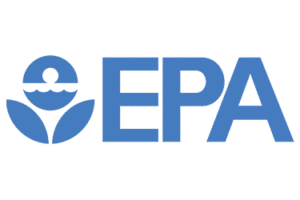 EPA has published a Notice of Rescinded Guidance for its 2019 memorandum “Interim Recommendations to Address Groundwater Contaminated with Perfluorooctanoic Acid and Perfluorooctanesulfonate.” EPA rescinded the memo because it no longer reflects the best, currently available science. The rescission will allow CERCLA and RCRA site managers to investigate contaminated groundwater at levels below the previous screening level of 40 ppt and preliminary remediation goal of 70 ppt for PFOA and PFOS in sources (or potential sources) of drinking water.
EPA has published a Notice of Rescinded Guidance for its 2019 memorandum “Interim Recommendations to Address Groundwater Contaminated with Perfluorooctanoic Acid and Perfluorooctanesulfonate.” EPA rescinded the memo because it no longer reflects the best, currently available science. The rescission will allow CERCLA and RCRA site managers to investigate contaminated groundwater at levels below the previous screening level of 40 ppt and preliminary remediation goal of 70 ppt for PFOA and PFOS in sources (or potential sources) of drinking water.
EPA suggests that site managers use existing processes or relevant and appropriate requirements (ARARs), such as state drinking water Maximum Contaminant Levels (MCLs), if available. If not available or protective, EPA recommends they use the Risk Assessment Guidance for Superfund (RAGS) to screen for PFOA and PFOS, develop risk-based preliminary remediation goals and establish final cleanup levels. EPA has also created Regional Screening Levels for certain PFAS, and may use EPA’s drinking water MCL for PFOA and PFOS when finalized as potential ARARs. For more information, visit the EPA website.
 On Tuesday, September 19, 2023, from 4:00 – 5:00 pm (eastern time), ASDWA will hold a webinar about the
On Tuesday, September 19, 2023, from 4:00 – 5:00 pm (eastern time), ASDWA will hold a webinar about the 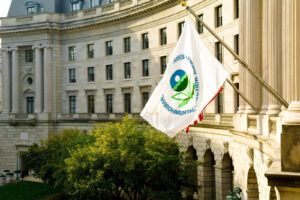 In an
In an 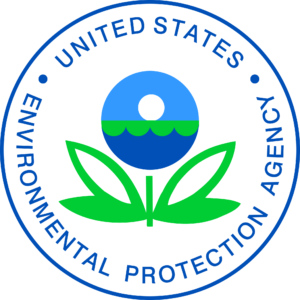 On August 14, ASDWA
On August 14, ASDWA  On August 8, ASDWA, the Association of Metropolitan Water Agencies (AMWA), the American Water Works Association (AWWA), and the Association of Clean Water Agencies (ACWA) submitted comments to EPA supportive of the Agency’s proposed rule to amend the new chemicals procedural regulations under the Toxic Substances Control Act (TSCA). These amendments are intended to align the regulatory text for new chemical review with the amendments to TSCA contained in the 2016 Frank R. Lautenberg Chemical Safety for the 21st Century Act and to improve the efficiency of EPA’s review processes.
On August 8, ASDWA, the Association of Metropolitan Water Agencies (AMWA), the American Water Works Association (AWWA), and the Association of Clean Water Agencies (ACWA) submitted comments to EPA supportive of the Agency’s proposed rule to amend the new chemicals procedural regulations under the Toxic Substances Control Act (TSCA). These amendments are intended to align the regulatory text for new chemical review with the amendments to TSCA contained in the 2016 Frank R. Lautenberg Chemical Safety for the 21st Century Act and to improve the efficiency of EPA’s review processes. Today (8/10), ASDWA, along with the Environmental Council of the States (ECOS) and the Association of State and Territorial Health Officials (ASTHO), sent a
Today (8/10), ASDWA, along with the Environmental Council of the States (ECOS) and the Association of State and Territorial Health Officials (ASTHO), sent a 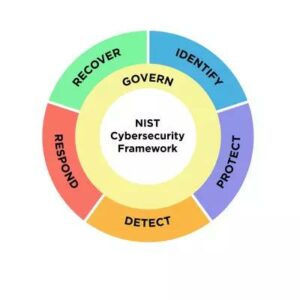 The National Institute of Standards and Technology (NIST) has released a draft version of the
The National Institute of Standards and Technology (NIST) has released a draft version of the  Register now to attend ASDWA’s Annual Conference being held on October 23-25, 2023, at the Hyatt Regency in Greenville, South Carolina. The updated agenda is now available. This year’s Conference will include presentations and in-depth discussions on topics including lead service line inventories, emergency response, small system PFAS treatment challenges, IIJA implementation and earmarks technical assistance, cybersecurity, and more. Please note that all the sessions on Wednesday, October 25, are for states and EPA only, so make your travel plans accordingly. You can
Register now to attend ASDWA’s Annual Conference being held on October 23-25, 2023, at the Hyatt Regency in Greenville, South Carolina. The updated agenda is now available. This year’s Conference will include presentations and in-depth discussions on topics including lead service line inventories, emergency response, small system PFAS treatment challenges, IIJA implementation and earmarks technical assistance, cybersecurity, and more. Please note that all the sessions on Wednesday, October 25, are for states and EPA only, so make your travel plans accordingly. You can 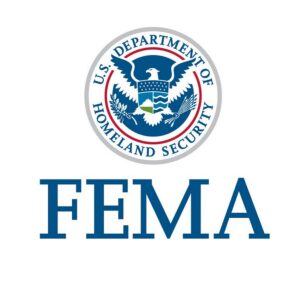 On August 1, FEMA modified its Community Lifelines construct to include an eighth Lifeline called ‘Water Systems.’ Previously, drinking water and wastewater had been included in the ‘Food, Water, and Shelter’ Lifeline. EPA and Water Sector Partners, represented by the Water Sector Coordinating Council and Government Coordinating Council, have for several years strongly advocated for this type of structural change to better identify and represent the water sector in existing emergency response procedures, protocols, and frameworks.
On August 1, FEMA modified its Community Lifelines construct to include an eighth Lifeline called ‘Water Systems.’ Previously, drinking water and wastewater had been included in the ‘Food, Water, and Shelter’ Lifeline. EPA and Water Sector Partners, represented by the Water Sector Coordinating Council and Government Coordinating Council, have for several years strongly advocated for this type of structural change to better identify and represent the water sector in existing emergency response procedures, protocols, and frameworks.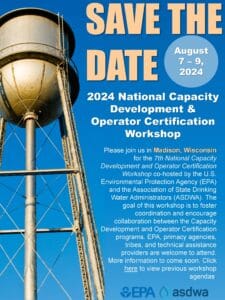 Save the date for the Seventh National Capacity Development and Operator Certification Workshop that will be held on August 7-9, 2024, at the Madison Concourse Hotel in Madison, Wisconsin. This workshop is being co-hosted by EPA and ASDWA for state drinking water programs, EPA, tribes, and technical assistance providers. For more information,
Save the date for the Seventh National Capacity Development and Operator Certification Workshop that will be held on August 7-9, 2024, at the Madison Concourse Hotel in Madison, Wisconsin. This workshop is being co-hosted by EPA and ASDWA for state drinking water programs, EPA, tribes, and technical assistance providers. For more information,